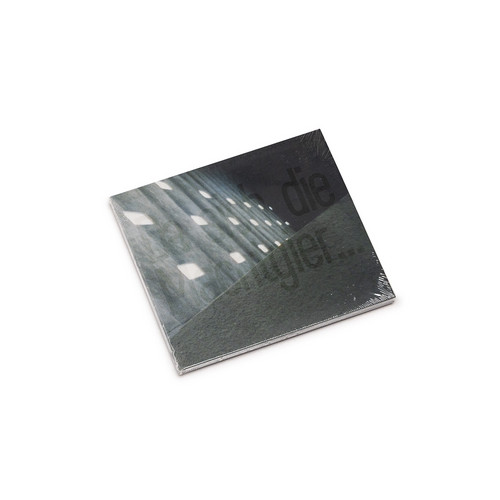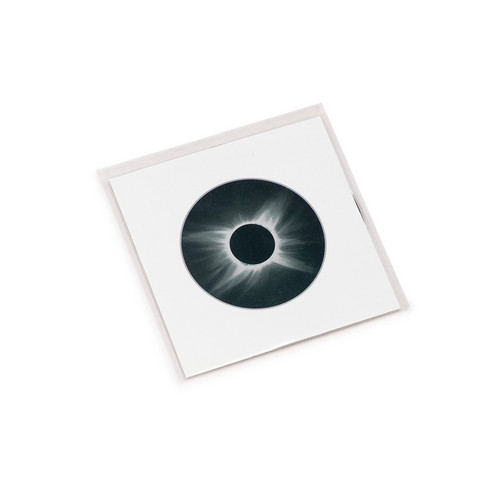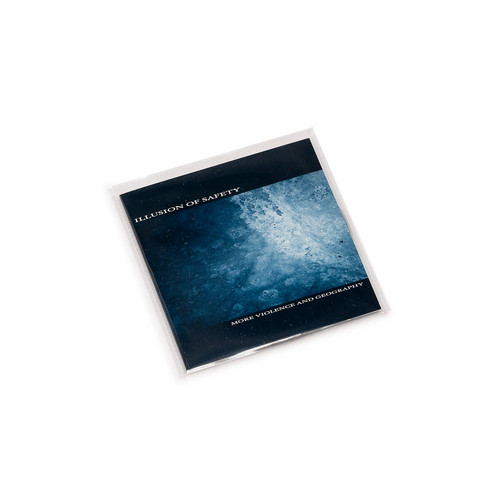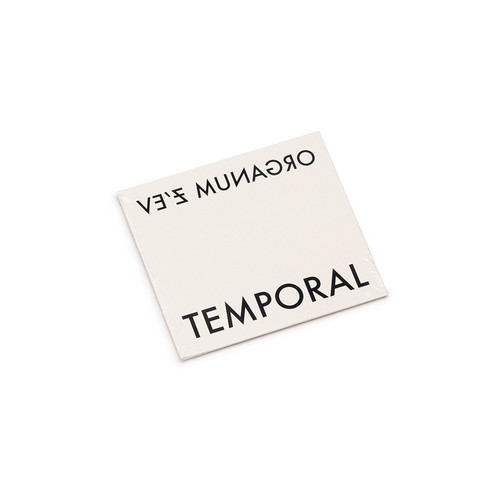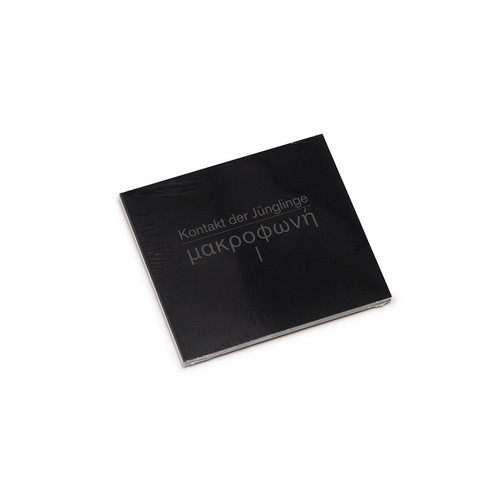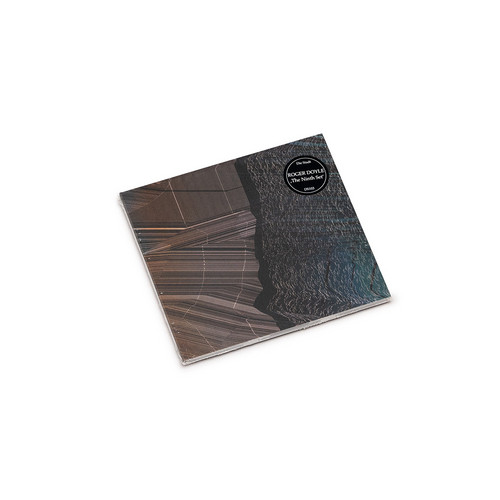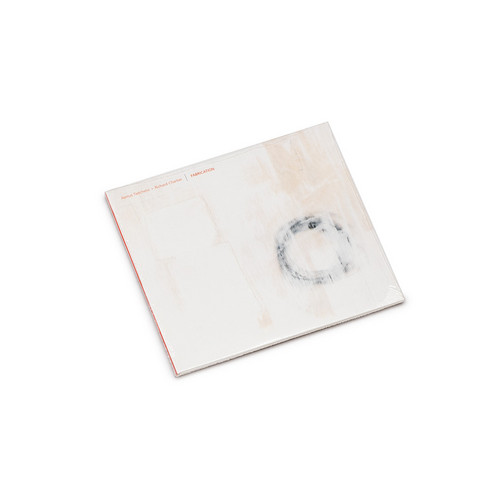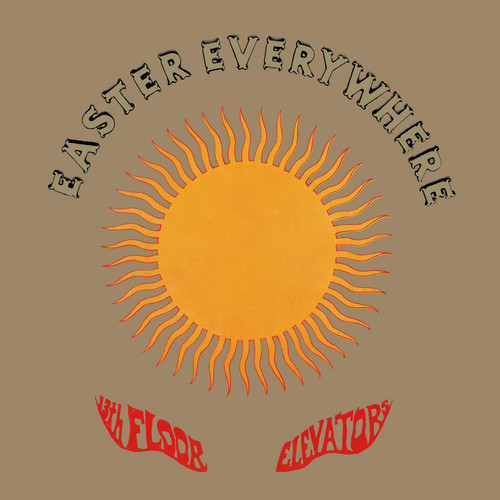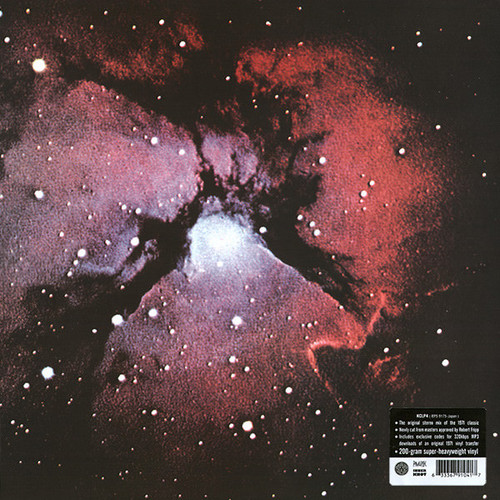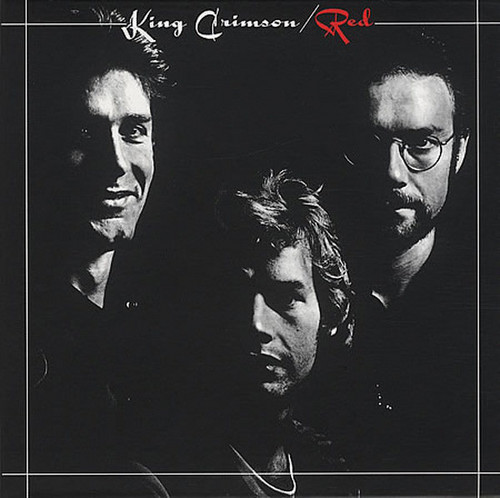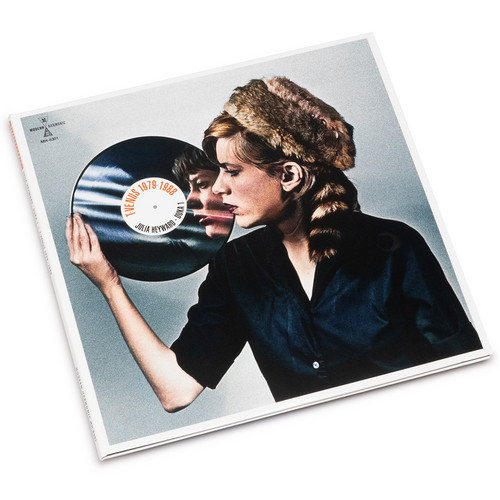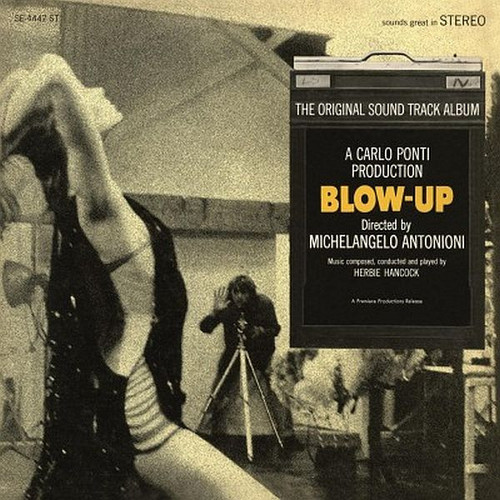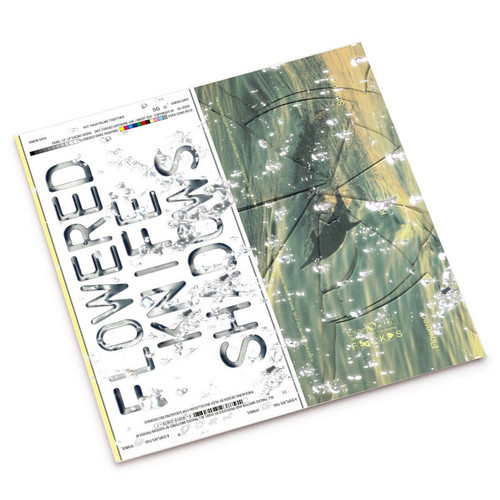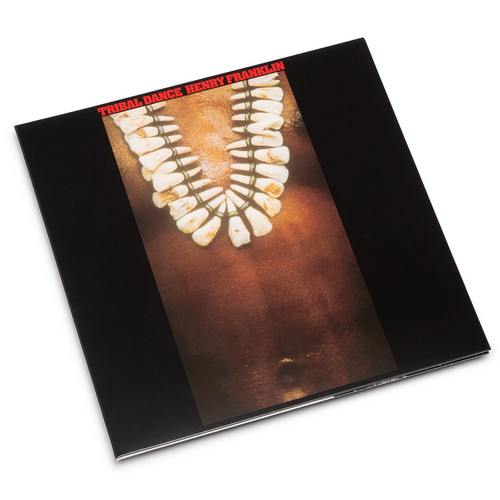Back in stock
Notturno
10th part in the ongoing re-release series of all early Tietchens albums between 1980—1991. »Notturno« was originally released by spanish label Discos Esplendor Geometrico in 1987 and also by Barooni on CD in 1992. Remastered version in a first edition of 600 copies in jewel case with full colour artwork and poster booklet also feat. the original front and back cover.
Da sich die Machtgier
Compiling the results of what was originally intended to be a compositional collaboration between John Duncan and renowned sound artist Asmus Tietchens, Da Sich Die Machtgier… transcends its tumultuous creation to stand as a distinctive addition to the catalogue of both artists "Asmus Tietchens proposed that he and I work together years ago — many years ago. For a variety of reasons it didn't happen , and at this point I don't remember any of them. Finally we agreed to start: I asked him to send…
s/t
**Released in a limited edition of 500 numbered copies** A compilation of live recordings specially released for a Die Stadt label night feat. Released in conjunction with a live performance on the 29. April 2012 on the MS Stubnitz in Bremen.
Initial copies were given away for free to ticket holders on the night of the concert.
Track listing:
1. Ditterich Von Euler-Donnersperg - Die Schnarrmaus Des Kleinen Fritz 5:372. Asmus Tietchens - L10RA 11:033. Thomas Köner - Le Bateau Ivre 3:48
s/t
Released in conjunction with a concert on the 11. November 2006 at the Lagerhaus Bremen the CD feat. exclusive tracks by Industrial Music legend Z'EV and New York based percussionist and multi media artist David Linton who has worked with among others Lee Ranaldo, Glenn Branca, Rhys Chatham, Diamanda Galas, Christian Marclay and Elliot Sharp. Each artist is featured with a solo track plus a remix of the other artist.
Generators
As "Sleep" begins there is a suggestion made, a hypnotic motion meant only to seduce the mind into the belief that Darren Tate and Colin Potter are intent on relaxing muscle and slowing brain activity to a crawl. The hum of electronics blows easily until random sounds—coughing, restlessness, twisting and turning—bolt through the still waters of the track. Slowly developing melodic themes, almost too distant to piece together, stretch from their slumber and begin a slow crawl through the lamp-lit…
s/t
**Released in a limited edition of 500 numbered copies** A compilation of live recordings specially released for a Die Stadt label night feat. All artists, at Argos in Brussels on 18. October 2007. The John Duncan recording was made at The Compound , San Francisco on 21 July 2007. Kontakt der Junglinge (Asmus Tietchens & Thomas Koner) 'Montreal Solution 1' is an excerpt from their live performance at Mutek Festival, Montreal on 28 May, 2003. The final track on this CD is by C.M. Von Hausswolff a…
More Violence and Geography
Emblematic of the anxiety that the group manages to build, sound on sound, with meticulous cruelty, is the first album, More Violence And Geography (Complacency, 1988 - Die Stadt, 2002), contemporary to the cassette Fifteen (Complacency, 1988). Since 1983 Illusion Of Safety has been the ongoing project of Daniel Burke, working alone and with various collaborators. They have released over 20 CDs on labels such as Complacency, Die Stadt, Experimedia, Odd Size, Silent, Soleilmoon, Staalplaat, Tesco…
The Salt Garden III
** CD edition** The Salt Garden 3 is the final word, and the concluding instalment to the critically lauded The Salt Garden Trilogy. This third installment brings the series to a close on an unexpectedly uplifting note, as Clodagh Simonds' ensemble transform their signature haunting and meditative hymnals into joyous, light-filled ones. Much like its predecessor, however, The Salt Garden III has also been released in an expanded edition with some bonus remixes. In this case, however, the remix…
Temporal
Their third collaborational work following 'Tinnitus VU' mini CD on Touch and the full length 'Tocsin' album on Die Stadt (DS77). Z'EV started out with reworking basic sound material from the Organum archive back in 2006, which resulted in a collaborative mixing of the material until early 2008. The finishing touches were then left to David Jackman between March and June 2008. The overall tone on 'temporal' owes more to the 'classic' Organum sound than to Organum latest works, the trilogy : 'San…
Silence in that Time
**300 copies** A new work by David Jackman (Organum), The follow up to last year’s critically acclaimed album Herbstonne, Silence in that Time is a direct offshot of the former album, adding more sounds to the overall sound palette. Recorded at RMS Studios South London in 2019, the single 42 min. long track stands as another distinctively beautiful and haunting work in the artist’s discography. Artwork by Jonathan Coleclough.Excellent artwork by Jonathan Coleclough.
"David Jackman’s latest see…
Makrophonie 1
The first album by Kontakt der Jünglinge since the release of their CD n (DS63) on Die Stadt back in 2003, Makrophonie 1 is also their very first studio album. ItÔs the result of various scores which were developed before and during miscellaneous live performances. These worked out structures were then taken to the studio, where they were concentrated and received their final finish. Makrophonie 1 can be described as KDJ music in highly-concentrated form.
The album was recorded at Audiplex Studi…
The Ninth Set
Irish composer Roger Doyle's first release on Die Stadt is his prize-winning work The Ninth Set, a 67 minute masterpiece in 5 parts. He was awarded the Magisterium Prize at this years's Bourges International Electro-acoustic Music Competition in France for parts 4 and 5. The award, which is one of the most important prizes in the world for electronic music, is open to composers having at least 25 years of professional experience in the field, and its objective is 'the promotion and diffusion of …
Fabrication
The first collaboration by these two renowned sound artists. Fabrication saw its beginning during the production of Re-post-refabricated, a project in which artists were selected by Richard Chartier to rework/create new works from his 1998 CD Postfabricated for its reissue in 2003. As it was intended as an open project, Asmus Tietchens continued to explore the source materials and suggested further formal collaboration. This evolved into the collaborative work Fabrication. The CD comes in a full…
Easter Everywhere
1967 second studio album by the Texan pioneers of psychedelia. This ground-breaking album not only defined psychedelic rock but informed punk a decade later, and even the 90’s indie-dance music scene with Primal Scream’s cover of ‘Slip Inside This House’ on their classic Screamadelica LP
Originally issued in November 1967 - copies barely trickled out of Texas, making original pressings not only expensive but clean copies impossible to find even 50 years ago.Therefore, meticulous attention to det…
Islands
Islands is the sixth in a series of audiophile King Crimson vinyl reissues. The album's return to the 12" vinyl format is newly cut from masters approved by Robert Fripp. Manufactured on 200g super-heavyweight vinyl, housed in a reprint of the original sleeve with lyrics insert. The album is a hodge podge of ideas and there is no flow or continuity. Each track could exist separately. This is one of the Crims least beloved lineups even tho they were capable of more free-jazz improv than any previ…
Red
Red is the fourth in a series of audiophile King Crimson vinyl reissues. Newly cut from masters approved by Robert Fripp, this super-heavyweight 200gm vinyl re-issue is housed in a reprint of the original sleeve. One of the most powerful and influential albums in the band's remarkable career. King Crimson fell apart once more, seemingly for the last time, as David Cross walked away during the making of this album. It became Robert Fripp's last thoughts on this version of the band, a bit noiser o…
Duka 1 1979-1988
Huge Tip! Leaving music fans checking the bins since MTV’s 1984 spotlight on “Draggin’ The Bottom,” this double LP presents multi-media artist Julia Heyward’s debut release of T-Venus’ art rock forty years after the buzz started! All in a gatefold jacket featuring art and liner notes from Julia! Julia Heyward's work centers around the orchestration of music, image, and language in the areas of multimedia performance, new media and visual art. Heyward has written, produced and performed three oth…
Blow-Up (The Original Sound Track Album)
Blow-Up is a soundtrack album by Herbie Hancock featuring music composed for Michelangelo Antonioni's cult film Blow-Up, released in 1966. Musically the songs evoke the ambience of swinging Sixties' London with grooves that create effective bluesy Jazz moods on the slow pieces, and funky ones on the up-tempo tracks. The album features performances by Hancock on keys, Freddie Hubbard and Joe Newman on trumpet, Phil Woods and Joe Henderson on sax, Ron Carter on bass and Jack DeJohnette on drums. R…
Flowered Knife Shadows
*300 copies limited edition* Under their Exael moniker, Berlin-based producer Naemi makes highly imaginative music that can be seen as a study in contrasts -- precise, hyper-detailed drum programming sits atop fuzzy, organic pools of ambience, virtuosic futurism is wrung from a falling apart laptop. Following a string of excellent releases, both solo and in group settings, Flowered Knife Shadows features eight productions that feel like the full realization of the project, demonstrating the arti…
Tribal Dance
Los Angeles bass titan Henry Franklin is bestknown for the two Skipper LPs issued by Black Jazz in 1972-74; 1977’s Tribal Dance is more obscure and arguably the best of the bunch, the spiritual jazz given an extra propulsive dimension via the excesses of Sonship, banging complex rhythms on his elaborate self-made drums, as heard on the opening title track and the extended ‘Cosmos Dwellers.’ Elsewhere, ‘Eric’s Tune’ has flamenco undercurrents, ‘Spring Song’ is a slow piano meditation, and ‘Prime …

